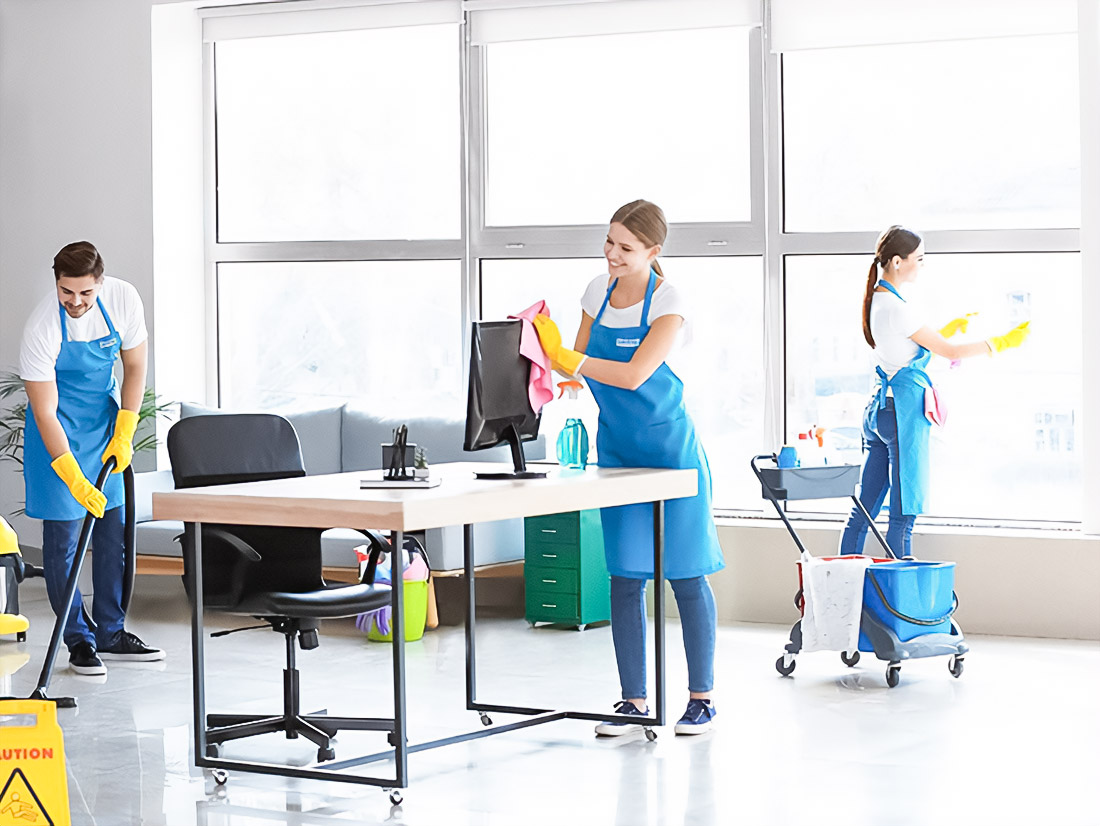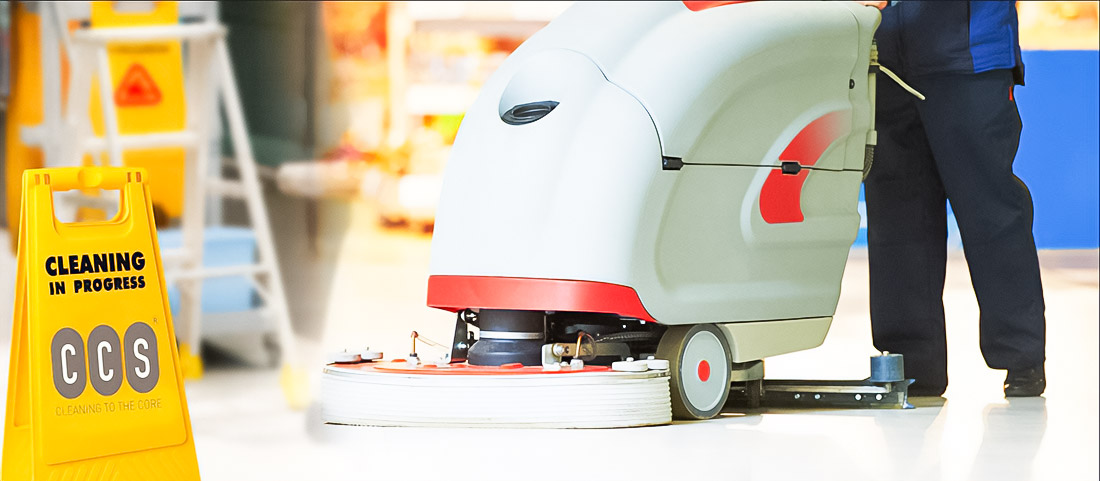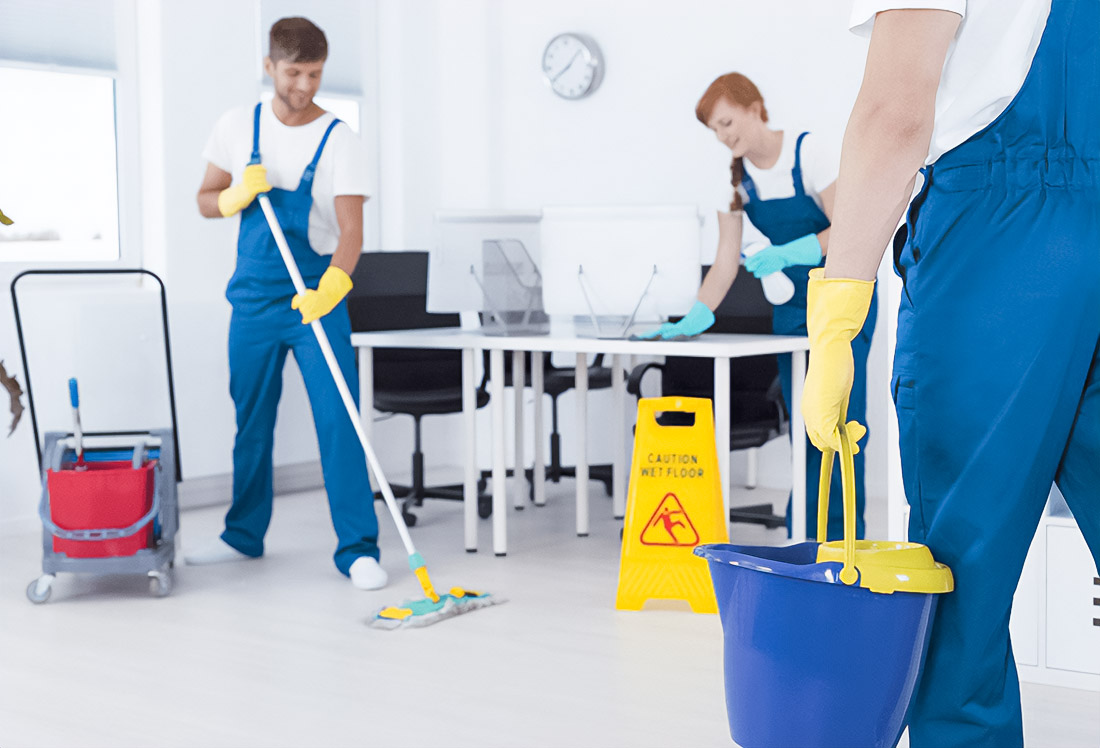Scope 3 emissions are increasingly being called the “invisible giant” of the corporate carbon footprint. If Scope 1 covers direct emissions, and Scope 2 covers indirect emissions, then Scope 3 involves the entire value chain: from the extraction of raw materials to the disposal of products. According to CDP, on average, Scope 3 accounts for 75% of the company’s total emissions. In some industries, this share reaches 90%. Obviously, this is not about “supplementing the strategy”, but about its foundation.
Scope 3 in Unexpected Sectors

In practice, Scope 3 shows up even in sectors that appear low-carbon. One striking example is office cleaning services. At first glance, the environmental impact seems minor. Yet, when examined more closely, it includes contractor transportation, production and delivery of cleaning products, packaging disposal, and energy use at client sites. For any business outsourcing cleaning, these emissions are automatically added to its own balance sheet. Choosing an office cleaning company is no longer a detail; it has become a strategic ESG decision.
Building Investor Confidence Through Transparency

Practical steps were discussed at the Carbon Experts Summit: the introduction of a life cycle assessment (LCA), mandatory reporting of suppliers on emissions, and the search for weak links in the chain. These actions create transparency and increase investor confidence. After all, it is reporting that makes it possible to prove sustainability and readiness for Net Zero 2050.
Practical Implications for Corporate Contracts

What does this lead to in practice? To tenders for cleaning. If a company chooses a sustainable contractor, it demonstrates a reduction in Scope 3 risks, increases compliance, and strengthens its position in ESG ratings. If the choice falls on those who ignore the environment, the consequences are reversed: reduced investor confidence, restrictions on tenders, reputational risks.
Why Ignoring Scope 3 is Costly

Scope 3 is a game changer even in “low-carbon” industries. Office cleaning is a good example. Transport fleets, the purchase of chemicals, and the waste disposal system are all key sources. In the UK, the weight of ESG criteria in cleaning tenders increased from 5% to 20-25% over the year. The price no longer decides the outcome of the tender alone: environmental indicators are also important.
Ignoring these factors is expensive. Net Zero Tracker reports that only 37% of companies with stated Net Zero goals fully account for Scope 3, and another 20% partially. In the EU, non-compliance faces fines of up to 5% of global turnover and exclusion from public procurement.
Systematic Approaches to Measuring Scope 3

The GHG protocol identifies 15 Scope 3 categories, each of which requires data collection and verification according to ISO 14064. For cleaning, this means the need to measure emissions from employee trips, monitor the environmental friendliness of the chemicals supplied, and monitor the waste disposal process. Additional frameworks are provided by the SBTi and PCAF initiatives, which form the standards of accountability.
Collaborating With Sustainable Service Providers
The integration of these standards gives companies and their cleaning contractors the opportunity to create a complete carbon balance according to Scope 1, 2 and 3. In the UK, cooperation with sustainable contractors is no longer a “hygienic factor.” This is already a tool for increasing competitiveness, attractiveness to investors, and long-term sustainability.
Scope 3 is the most difficult part of the climate strategy. But it is here that the greatest potential is hidden. Even in office cleaning, where the details seem insignificant, they collectively create a serious carbon footprint. Companies that choose eco-friendly contractors gain a competitive advantage. They reduce hidden emissions, strengthen the trust of stakeholders, and protect the future in a market where ESG is no longer “optional” but a time requirement.

Surfer, doer, band member, Saul Bass fan and screen printer. Making at the junction of modernism and computer science to craft delightful brand experiences. German award-winning designer raised in Austria & currently living in New York City.




